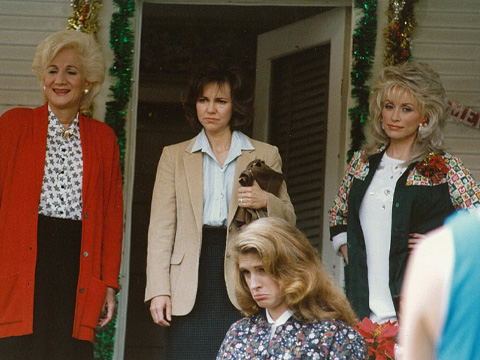
When people list the greatest Dolly Parton country songs, they often default immediately to her incredible run of successes in the 1970s. But don’t sleep on her return to the genre in the late ‘80s, which came after she had drifted in more of a pop direction in the earlier part of the decade. In particular, take another listen to the title track to her 1991 album Eagle When She Flies.
The song soars to heights reached by the very best of Parton’s songs of any era, as she manages to tell a story that seems like it came straight from her own experience, while also speaking on behalf of women everywhere. Let’s take a deeper dive into what makes “Eagle When She Flies” such a special song.
In the single calendar year of 1987, Dolly Parton experienced the highs and lows of the music world. On the one hand, her Trio collaboration with her good buddies Emmylou Harris and Linda Ronstadt was showered with critical praise, commercial success, and awards-show love. But Rainbow, her solo album released that same year, found her floundering somewhere in between pop and country. Even for how many albums she’s released in her career, it’s hard to find too many clunkers in the Parton catalog. But you could argue Rainbow sinks to that level.

Luckily, Parton made a more sure-footed return to country in 1989 with White Limozeen. But even with that success, she had to deal with skepticism from record labels who favored younger artists. She turned to producer Steve Buckingham and told him of her troubles, as Buckingham remembered in an interview with Style Weekly:
“She told me, ‘I want to make a real country record, but all of the bigwigs say I can’t do it.’ I thought, Jeez, if you can’t trust Dolly Parton to make a country record…”
Unlike White Limozeen, Parton would write the majority of the album that would become Eagle When She Flies. The combination of her songwriting, coupled with Buckingham’s sympathetic production, proved irresistible, and it became her first No. 1 country album in more than a decade.
Of course, it didn’t hurt that it had a wonderful title track that would be released as the album’s third single. And she received a little help from her movie career to get the inspiration she needed.
